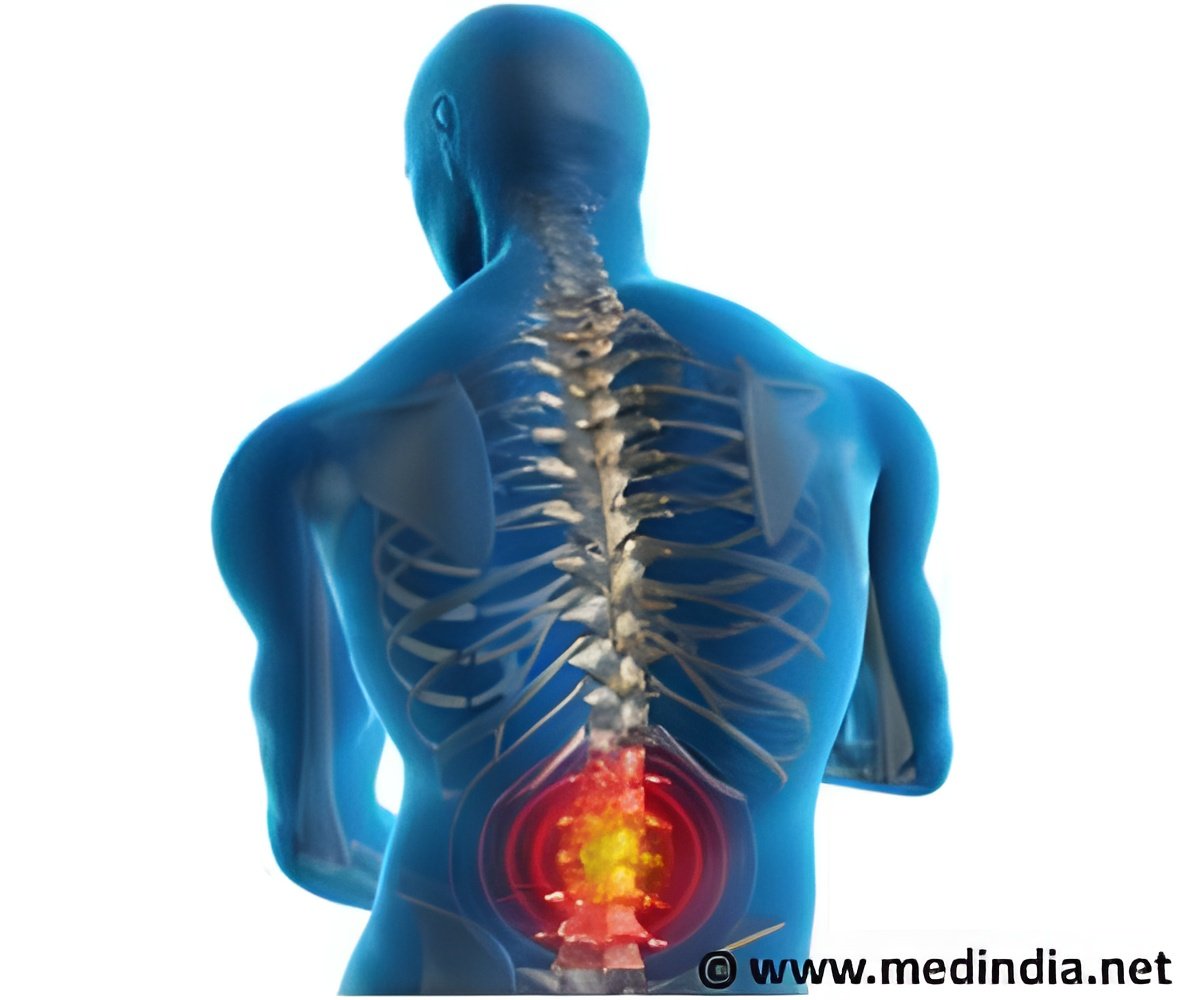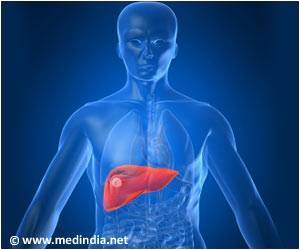
‘Not only physical but also psychological and social factors exert considerable influence on the development of the low back pain disorder.’
Tweet it Now
"People with a high workload suffered more frequently from chronic low back pain. Employees with more job control were less affected," explained social psychologist Anne Tomaschek from Dresden University of Technology (TU Dresden) in Germany. Worldwide, more than 23 per cent of the population suffers from chronic low back pain (CLBP).
This makes CLBP the most prevalent chronic pain disorder, associated with immense costs to the health care system.
For the study, the team of psychologists carried out a meta-analysis to identify psychosocial work factors that pose a risk for the development of chronic low back pain.
The team synthesised more than 19,000 data sets from 18 studies investigating associations between psychosocial areas of work life and CLBP.
Advertisement
Source-IANS













